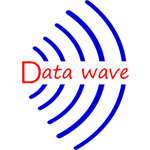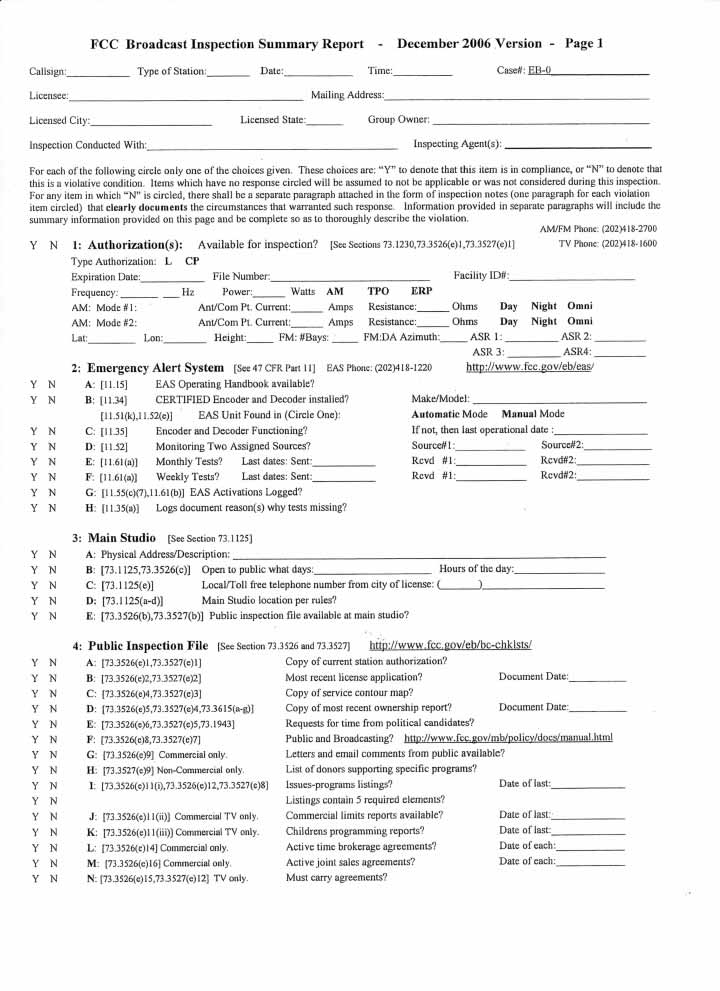The House passed the “LOCAL COMMUNITY RADIO ACT OF 2009 ” (aka HR 1147) last night in one of the last legislative acts of 2009. This is the companion bill to S. 592, which is still in committee.
The need for LPFM stations is justified thusly:
- In part due to consolidation of media ownership, there have been strong financial incentives for some companies to reduce local programming and rely instead on syndicated programming produced for hundreds of stations, though noncommercial educational radio stations, including FM translator stations, currently provide important local service, as do many commercial radio stations. A renewal of commitment to localism–local operations, local research, local management, locally originated programming, local artists, and local news and events–would bolster radio’s service to the public.
- Local communities have sought to launch radio stations to meet their local needs. However, due in part to the scarce amount of spectrum available and the high cost of buying and running a large station, many local communities are unable to establish a radio station.
- In 2003, the average cost to acquire a commercial radio station was more than $2,500,000.
- In January 2000, the Federal Communications Commission authorized a new, affordable community radio service called `low-power FM’, or `LPFM’, to `enhance locally focused community-oriented radio broadcasting’.
- Through the creation of LPFM, the Federal Communications Commission sought to `create opportunities for new voices on the airwaves and to allow local groups, including schools, churches, and other community-based organizations, to provide programming responsive to local community needs and interests’.
- The Federal Communications Commission made clear that the creation of LPFM would not compromise the integrity of the FM radio band by stating, `We are committed to creating a low-power FM radio service only if it does not cause unacceptable interference to existing radio service.’.
- Currently, FM translator stations can operate on the second- and third-adjacent channels to full-power radio stations, up to an effective radiated power of 250 watts, pursuant to part 74 of title 47, Code of Federal Regulations, using the very same transmitters that LPFM stations will use. The Federal Communications Commission based its LPFM rules on the actual performance of these translators, which already operate without undue interference to FM stations.
- Small rural broadcasters were particularly concerned about a lengthy and costly LPFM interference complaint process. Therefore, in September 2000, the Federal Communications Commission created a process to address interference complaints regarding LPFM stations on an expedited basis.
- In December 2000, Congress delayed the full implementation of LPFM until the Federal Communications Commission commissioned and reviewed an independent engineering study. This action was due to some broadcasters’ concerns that LPFM service would cause interference in the FM radio band.
- The Federal Communications Commission granted licenses to over 800 LPFM stations despite the congressional action. These stations are currently on the air and are run by local government agencies, groups promoting arts and education to immigrant and indigenous populations, artists, schools, religious organizations, environmental groups, organizations promoting literacy, and many other civically oriented organizations.
- After 2 years and the expenditure of $2,193,343 in taxpayer dollars, the independent engineering study commissioned by the Federal Communications Commission concluded that concerns about interference on third-adjacent channels were unwarranted.
- The Federal Communications Commission issued a report to Congress on February 19, 2004, which stated that `Congress should readdress this issue and modify the statute to eliminate the third-adjacent channel distance separation requirement for LPFM stations.’
- On November 27, 2007, the Federal Communications Commission again unanimously affirmed LPFM, stating in a news release about the adoption of the Low-Power FM Third Report and Order and Second Notice of Proposed Rulemaking that the Federal Communications Commission recommends `to Congress that it remove the requirement that LPFM stations protect full-power stations operating on third-adjacent channels’. Until the date of enactment of this Act, Congress had not acted upon that recommendation.
- Minorities represent almost a third of the population of the United States. However, according to the Federal Communications Commission’s most recent Form 323 data on the race and gender of full-power, commercial broadcast licensees, minorities own only 7 percent of all local television and radio stations. Women represent more than half of the population but own only 6 percent of all local television and radio stations. LPFM stations, while not a solution to the overall inequalities in minority and female broadcast ownership, provide an additional opportunity for underrepresented communities to operate a station and offer local communities a greater diversity of viewpoints and culture.
- LPFM stations have proven to be a vital source of information during local or national emergencies. Out of the few stations that were able to stay on the air during Hurricane Katrina, several were LPFM stations. In Bay St. Louis, Mississippi, low-power FM station WQRZ remained on the air during Hurricane Katrina and served as the Emergency Operations Center for Hancock County. After Hurricane Katrina, when thousands of evacuees temporarily housed at the Houston Astrodome were unable to hear over the loudspeakers information about the availability of food and ice, the location of Federal Emergency Management Agency representatives, and the whereabouts of missing loved ones, volunteers handed out thousands of transistor radios and established an LPFM station outside of the Astrodome to broadcast such information.
Similar to S. 592, the bill aims to:
- Increase the number of LPFM stations by doing away with the 3rd adjacent protections.
- Mitigate interference by creating a 1 year period during which a new LPFM station must broadcast “periodic announcements that alert listeners that interference that they may be experiencing could be the result of the operation of the new low-power FM station on a third-adjacent channel and shall instruct affected listeners to contact the low-power FM station to report any interference.” LPFM licensees are then tasked with solving interference complaints within a licensed full-power FM station’s protected contour.
- Protect translator input signals.
- Protect reading for the blind services.
I am not finding fault with any of the justifications, they are all true and make a good point about the decline of Radio in general as I have discussed in previous posts.
The potential increase of LPFM stations is in the thousands.
The proposed interference mitigation is a pipe dream. The FCC enforcement bureau is overworked as it is. We have had a pirate on one of our frequencies for years, every once in a while they drive out and bust the guy, only to have him return a week or two later. Somehow this group of overworked people will be able to process hundreds or thousands of interference complaints?
Unless there is increased funding for the FCC enforcement bureau, I am skeptical. There is no specific discussion on funding, only specifying that the cost should be below $139 million.
We live in interesting times.


